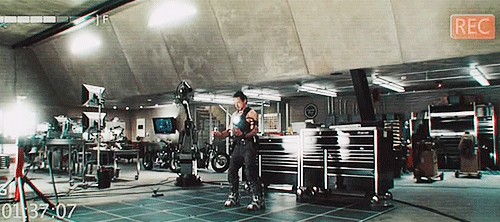Q
Anonymous asked:
How is the process of learning In-house game engines once you get into an AAA studio? Do they immediately put you in production to learn as you go, or does it take some weeks before allocating you to a project?
A
The onboarding process is a little of everything you say. Whenever I start a new job, there’s the new hire administrative tasks I need to get done like signing paperwork and doing harassment/DEI/office safety training and there’s the actual “this is what they hired me to do” learning process where I learn how the workflow works so that I can start being productive. We’ll ignore the administrative stuff and focus on the productivity onboarding.
The first thing that any new hire has to do is get the project synced to the latest safe build and get the game running. Without being able to run the game, we can’t make or test any of the changes we will inevitably need to make. This often entails fiddling with a bunch of workstation and network settings in order to make sure all of the files are where the game expects them to be, all of the necessary software is installed and ready, and so on. Getting an in-development game running can take quite some time (I’ve seen whole days lost in some cases) given how much disk space these games can take (and therefore how long it takes to download all of those files from the depot) and how complex the workflow can be.
Once the new hire has the game up and running and has familiarized herself with the game’s controls and such, it’s time to start reading documentation for the internal tools and workflow - how the content is made, how the work is done, what the working process is, how to check your work, who to contact in case of questions. At this point, the lead usually assigns an introductory task or two to the new hire - a small task for her to get her feet wet and to provide some guidance while looking through the system and making some actual changes.
After this initial process of learning > making changes > testing > submitting the fix, the process repeats with newer and more complicated tasks as the new hire’s lead deals out new assignments. As the new hire completes more tasks, she learns more about the tools, the workflow, and the team. That knowledge and experience is then considered when increasing the scope of her tasks until she’s reached the level of productivity expected of a dev in her role.
If you think this sounds a lot like the [minimum competency for joining a team] post from a while back that I wrote, you’re absolutely right. We use this exact process to bring a new hire onto our team because it’s the same goal - we have someone who (we hope) is dedicated to working on the game and helping us carry it to completion.
[Join us on Discord] and/or [Support us on Patreon]
Got a burning question you want answered?
- Short questions: Ask a Game Dev on Twitter
- Long questions: Ask a Game Dev on Tumblr
- Frequent Questions: The FAQ
Notes
bullrunpicnicker liked this
 brandonvout liked this
brandonvout liked this  tw1stedsymph0ny liked this
tw1stedsymph0ny liked this supercomputer276 reblogged this from askagamedev
oddkms liked this
petaldoggo liked this
cjgladback liked this
aethelfrith liked this
thiefylilelf liked this
sparrow-in-boots liked this
razgriz438 reblogged this from askagamedev
razgriz438 liked this
wizard-of-whispers liked this
 askagamedev posted this
askagamedev posted this How is the process of learning In-house game engines once you get into an AAA studio? Do they immediately put you in...




